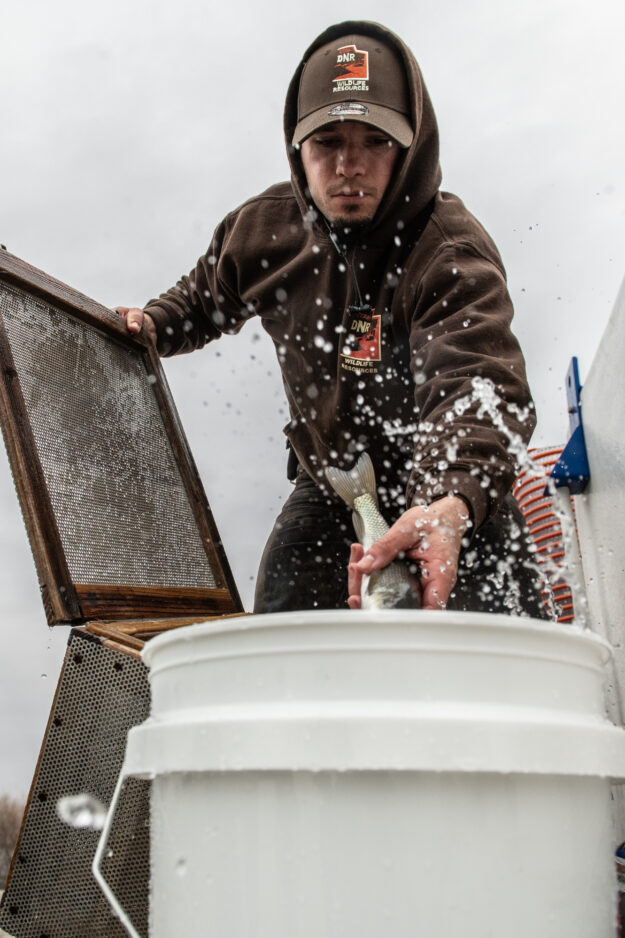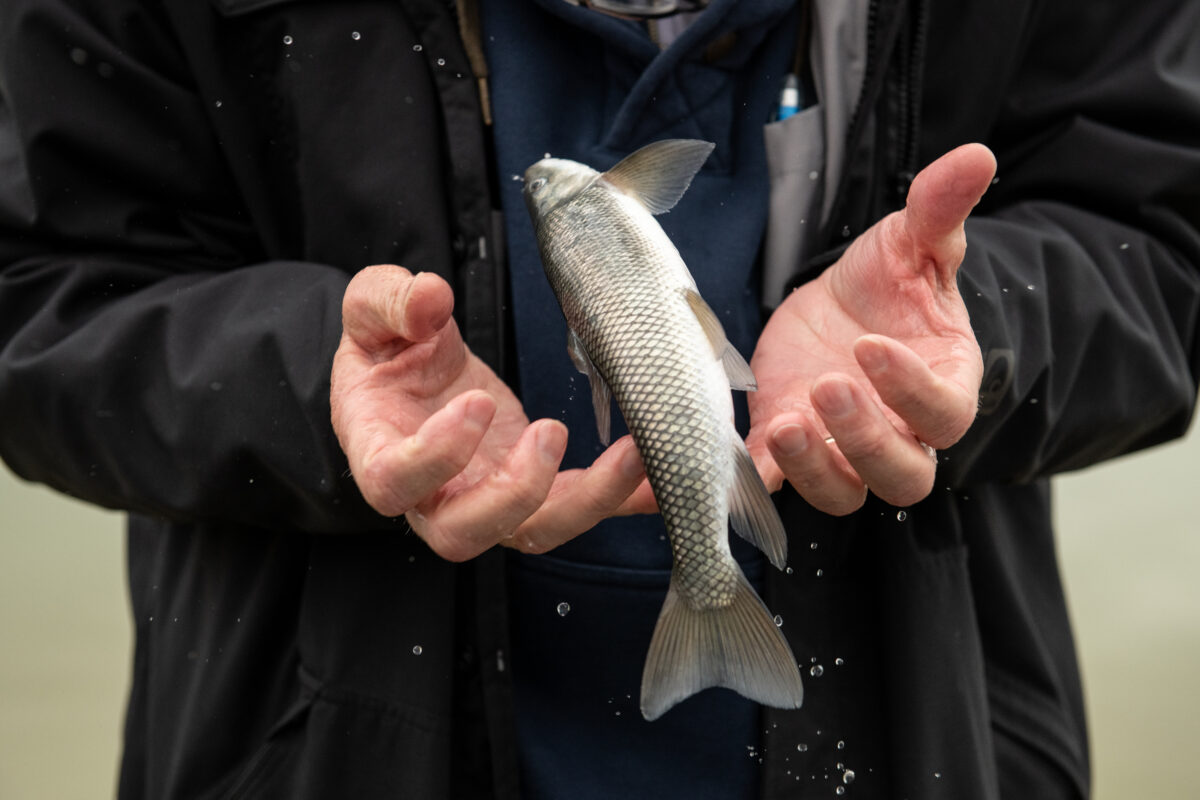Utah Lake’s June sucker to be downlisted from endangered to threatened
The June sucker, a fish species found only in Utah Lake, came one step closer to recovery on Monday when a final ruling was published to downlist the fish from endangered to threatened status after “a thorough review using the best available science.”
The U.S. Fish and Wildlife Service defines an endangered species as one “that is in danger of extinction throughout all or a significant portion of its while.” A threatened species, meanwhile, is one “that is likely to become an endangered species within the foreseeable future.”
For years, Utah wildlife officials and groups have coordinated efforts to help sustain wild June sucker populations, including the June Sucker Recovery Implementation Program and Provo River Delta Restoration Project.
In a final ruling published in the Federal Register on Monday, U.S. Fish and Wildlife Service officials wrote that “based on the best available science, June sucker no longer meets the definition of an endangered species, but will remain protected as a threatened species under the (Endangered Species) Act.”
“This progress towards recovery is a result of conservation efforts implemented by stakeholders,” the ruling states. “Collaborative conservation efforts have reduced the intensity of threats to the species and improved its population numbers.”
The final rule to reclassify the June sucker will go into effect on Feb. 3.
In a press release, Tim Petty, interior assistant secretary for water and science with the U.S. Department of the Interior, called the downlisting “an exciting milestone for the June sucker” that “speaks to the value of being good stewards of our lands and waters, ensuring opportunities to enjoy our fish and wildlife resources, to enhance recreation access and to increase the security of water projects for an area with a growing population.”
“The June sucker is uniquely Utah, and progress has been made to strengthen its presence at Utah Lake,” said Brian Steed, executive director of the Utah Department of Natural Resources. “All of the program’s success has been achieved while also allowing for the continued water use and development of the area for human needs.”
During a Thursday episode of “Utah Lake: Facts, Fiction, Fun,” a podcast produced by the Utah Lake Commission, Chris Keleher, species recovery program director for the Utah Division of Natural Resources, said that, when he worked as a field biologist in the early 1990s, there were fewer than 300 individual adult June sucker in Utah Lake.
“And since that time we’ve been able to develop a captive broodstock and have been able to stock fish out into the lake,” Keleher said, adding that officials have also done “habitat work” on the lake and Provo River.
But reclassifying the June sucker doesn’t mean that the fight is over, Keleher emphasized, noting that “it means we’ve gotten over the hump and we’re moving towards recovery.”
“And it’s a huge milestone for the program and the partners, and it just really demonstrates that all of the efforts that have been put in to recover the June sucker haven’t been in vain,” said Keleher, who serves as director of the June Sucker Recovery Implementation Program. “And we’ve got a lot of momentum and the next step is to get it completely delisted.”
To read the full ruling on the June sucker reclassification, visit http://www.federalregister.gov.







